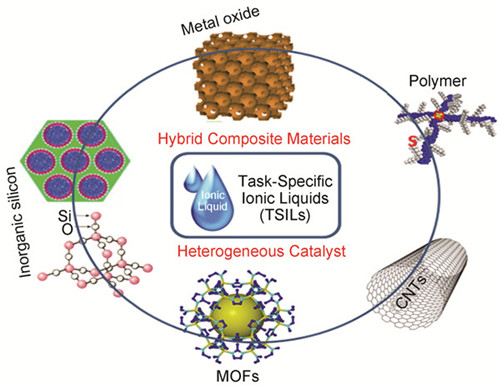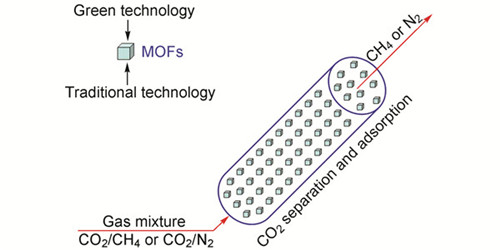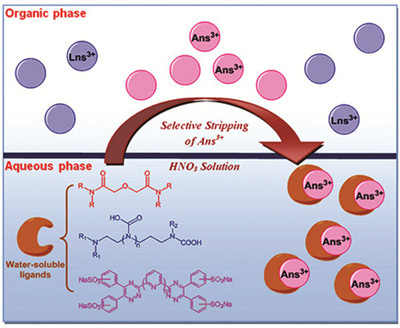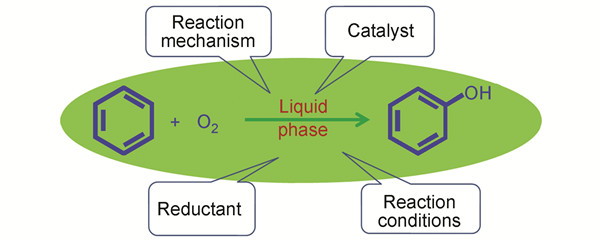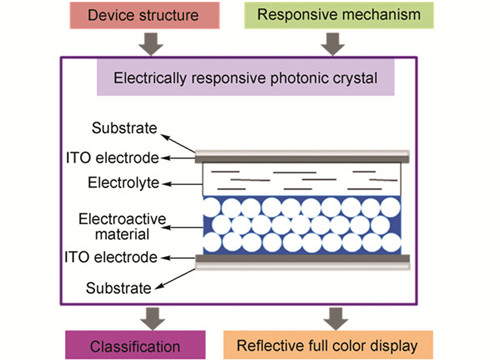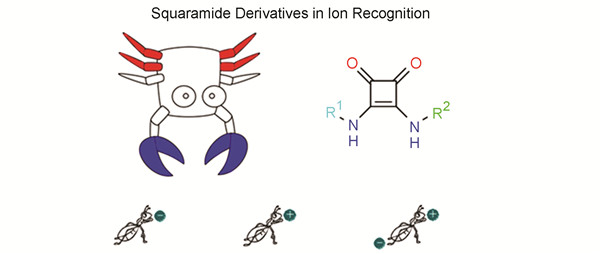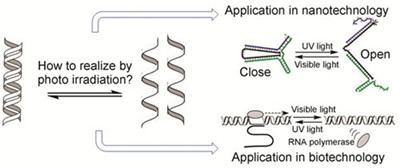Yin Qiaoqiao, Qiao Ru, Tong Guoxiu. Preparation and Photocatalytic Application of Ion-Doped ZnO Functional Nanomaterials[J]. Progress in Chemistry, 2014, 26(10): 1619-1632.
Because of its high redox potential, large exciton binding energy (~60 meV), superior physical and chemical stability, inexpensiveness and nontoxicity, ZnO has become one of the most widely investigated semiconductor photocatalysts. In this review, different types of dopants, synthetic methods, photocatalysis and functional mechanism of the doped ZnO nanomaterials are summarized. The doping types include non-metal doping, metal doping (transition metal doping and rare earth metal doping) and co-doping approaches. Through this ion-doping method, oxygen vacancies or defects could be introduced into ZnO lattice, which provides more active sites for the photo-oxidation reaction. On the other hand, the ion-doping approach can produce impurity energy levels in ZnO band gap, leading to the expansion of its light responding region and enhancement of visible-light absorption ability. The doping ion can also work as an electron scavenger inhibiting recombination of electron-hole pairs, thus increases the photocatalytic activity of ZnO nanomaterials. Beside above-mentioned contents, research advances in applications of doped ZnO nanomaterials in fields of degradation of organic pollutants, antibacterial agents and photocatalytic hydrogen production are summarized. And also future developments of the doped nanomaterials are prospected.
Contents
1 Introduction
2 Dopant of ZnO nanomaterials
2.1 Non-metal doping
2.2 Metal doping
2.3 Co-doping
2.4 Self-doping
3 Photocatalytic mechanism
3.1 Theoretical studies of the doped ZnO
3.2 Photocatalytic mechanism of the doped ZnO
4 Application of the doped ZnO
4.1 Photocatalytic degradation
4.2 Photocatalytic antibacterial activity
4.3 Photocatalytic hydrogen production
5 Conclusion and outlook










